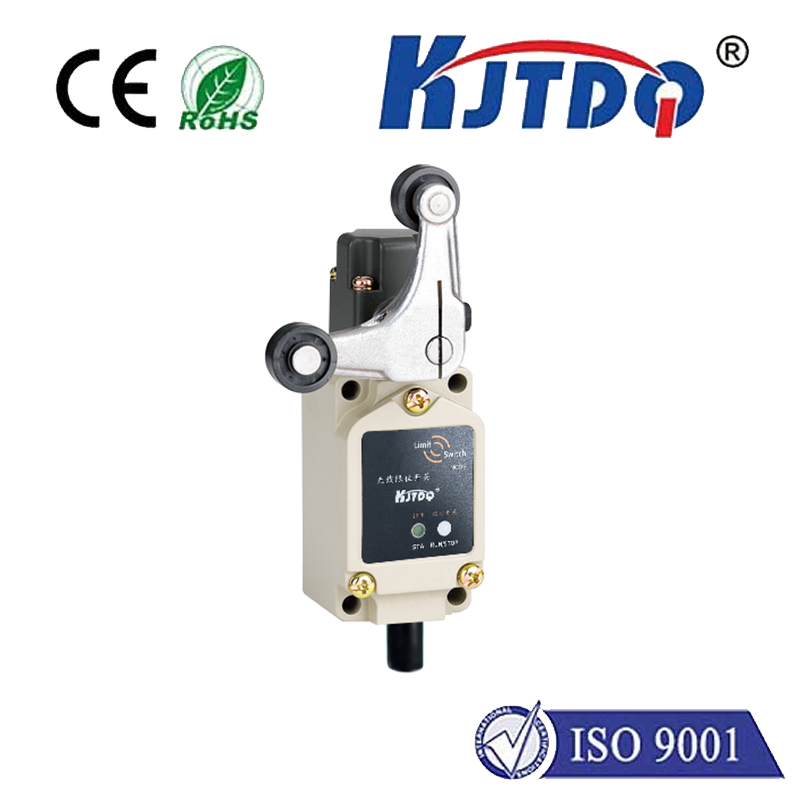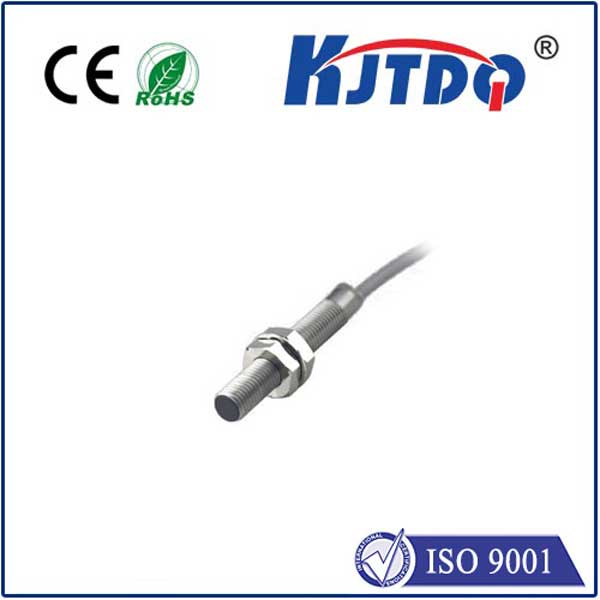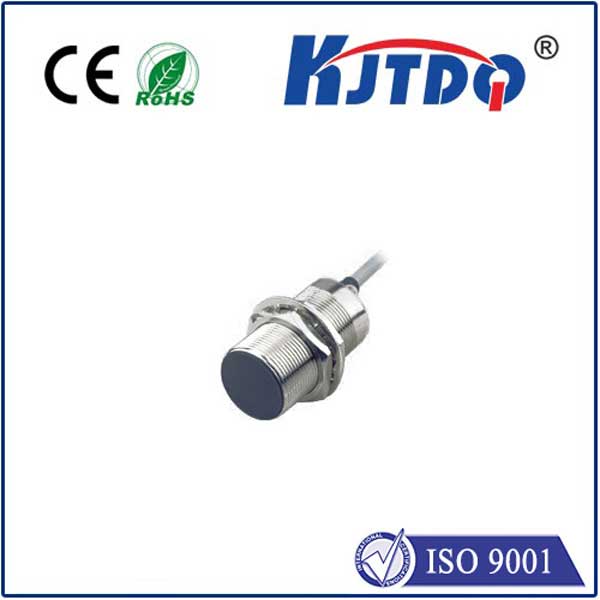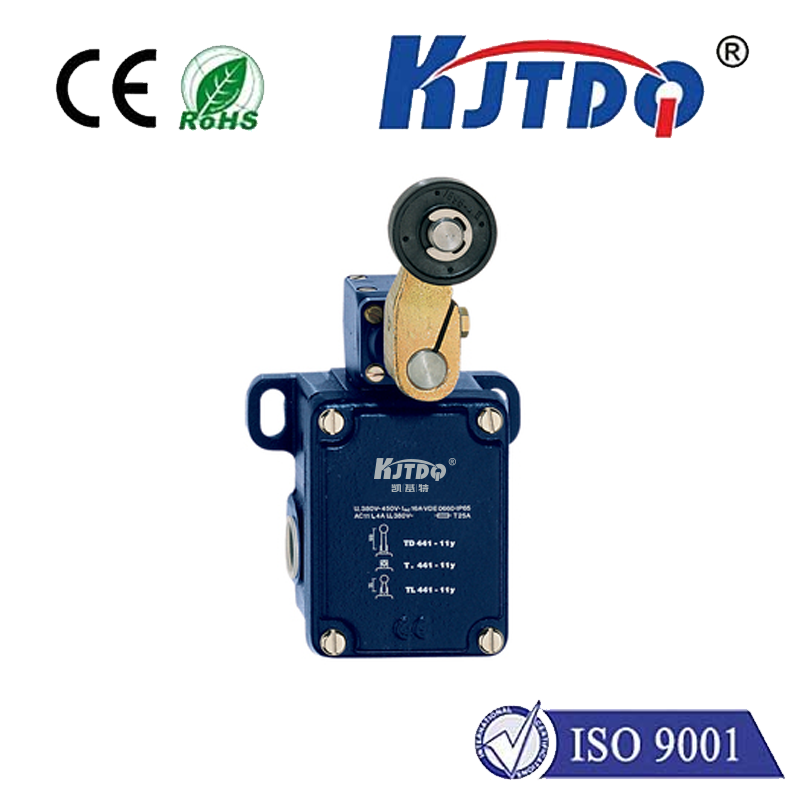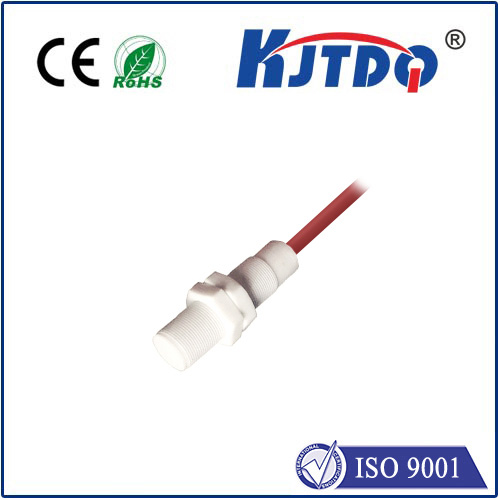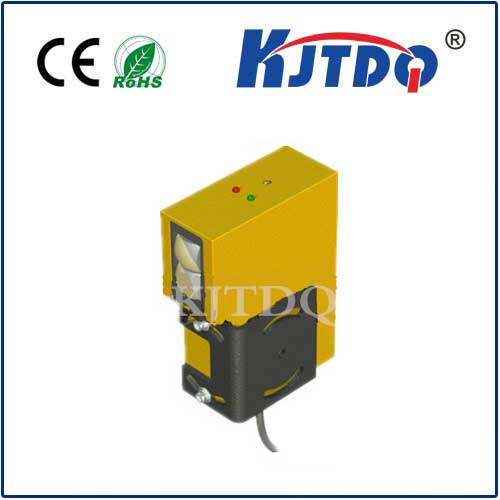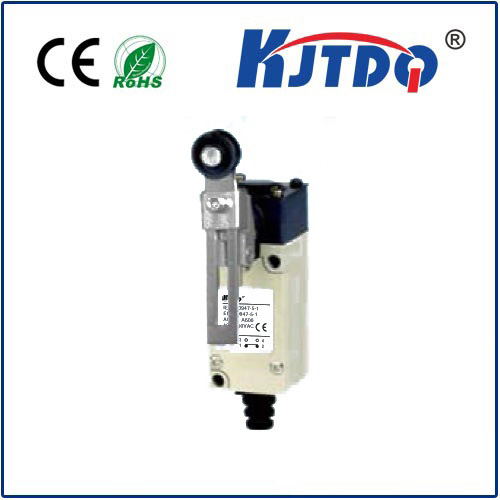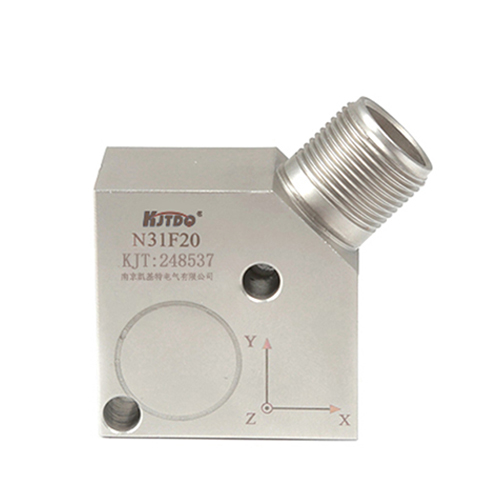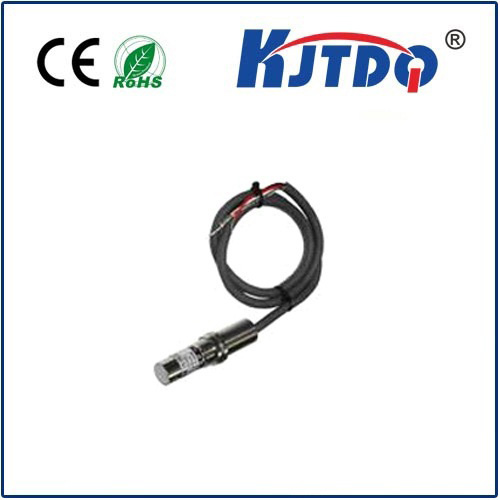load cell weight sensor
- time:2025-08-25 09:25:10
- Click:0
The Essential Guide to Load Cell Weight Sensors: Precision Measurement for Modern Industry
The hum of machinery, the smooth flow of goods on a conveyor belt, the critical dosage in a pharmaceutical batch – countless operations rely on one fundamental parameter: accurate weight. At the heart of this essential measurement lies a technology often unseen but indispensable: the load cell weight sensor. Understanding what it is, how it works, and where it’s used unlocks the key to efficiency, safety, and quality control across diverse sectors.
What Exactly is a Load Cell Weight Sensor?
Simply put, a load cell is a transducer. Its core function is to convert a mechanical force – in this case, the weight or load applied to it – into a measurable electrical signal. Think of it as the bridge between the physical world of mass and the digital world of data. This signal is then interpreted by an indicator or computer system to provide a precise weight reading. Therefore, a “load cell weight sensor” specifically refers to a load cell designed and optimized for the purpose of measuring weight, force, or load in weighing applications.
The Magic Behind the Measurement: Strain Gauge Technology
The most common and reliable technology underpinning modern load cell weight sensors is the bonded metal foil strain gauge. Here’s the elegant principle:

- Deformation Under Load: When a force is applied to the load cell, the carefully engineered metal structure (or “spring element”) inside it deforms ever so slightly. This deformation is known as “strain”.
- Resistance Change: Tiny strain gauges, essentially electrical resistors made of foil patterns, are securely bonded to this spring element at precise locations. As the element deforms under load, these gauges deform with it, causing a minute change in their electrical resistance.
- The Wheatstone Bridge: Typically, four strain gauges are strategically arranged in a circuit configuration called a Wheatstone bridge. This arrangement magnifies the small resistance changes caused by strain.
- Signal Generation: An excitation voltage is applied to the bridge. The deformation-induced changes in the gauges’ resistance unbalance the bridge circuit, resulting in a small output voltage (millivolts per volt of excitation - mV/V). This output voltage is directly proportional to the applied force or weight.
- Amplification & Interpretation: This low-level mV/V signal is then sent to a signal conditioner or weight indicator. This device amplifies the signal, filters out noise, converts it into a readable format (like pounds, kilograms, or Newtons), and often provides interfaces for control systems or data logging.
Diverse Designs for Demanding Applications
Not all weighing challenges are the same. That’s why load cell weight sensors come in various configurations, each excelling in specific scenarios:
- Single Point Load Cells: The workhorses of platform scales (like bench or floor scales). Designed for ease of use, they often support a platform from a single point and compensate for off-center loads. Ideal for retail scales, packaging lines, and checkweighing.
- Shear Beam & Bending Beam Load Cells: Known for their robustness and high capacity, these are commonly mounted in pairs or fours beneath larger platforms, hoppers, or tanks. Widely used in truck scales, silo weighing, industrial process control, and tank level monitoring.
- Compression Load Cells: Engineered to handle high-impact and very heavy loads primarily in compression. Found beneath weighbridges, in silo legs, large vessel supports, and material testing machines.
- S-Type / Tension-Compression Load Cells: Feature a distinctive “S” shape, allowing them to measure both pulling (tension) and pushing (compression) forces. Perfect for crane scales, hanging scales, tensile testing, and applications needing bidirectional force measurement.
- Canister / Pancake Load Cells: Designed with a low profile for high-capacity compression applications where space is limited. Common in truck axle weighing, tank and silo weighing, and structural monitoring.
Why Choose a Load Cell Weight Sensor? Unbeatable Advantages
The widespread adoption of load cell weight sensors is driven by compelling benefits:
- Exceptional Accuracy and Precision: Modern strain gauge load cells offer outstanding measurement accuracy and repeatability, meeting stringent regulatory requirements in industries like pharmaceuticals and food processing.
- Robustness and Longevity: Constructed from high-strength materials (typically stainless steel or alloy steel), they are built to withstand harsh industrial environments, including dust, moisture, vibrations, and temperature fluctuations.
- High Capacity Range: Available in capacities ranging from a few grams to thousands of tons, suitable for weighing anything from tiny electronic components to massive mining trucks.
- Digital Integration: Output signals are readily compatible with digital displays, PLCs (Programmable Logic Controllers), SCADA systems, and data acquisition software, enabling automation, process control, and traceability.
- Versatility: The diverse range of form factors and mounting options allows integration into virtually any weighing setup, from simple scales to complex process weighing systems.
Selecting the Right Load Cell: Key Considerations
Choosing the optimal load cell weight sensor is critical for reliable performance. Key factors include:
- Capacity: The maximum weight the cell will measure. Always include a safety margin.
- Accuracy Class: Required precision (e.g., OIML C3, C6).
- Environment: Temperature range, humidity, dust, chemicals, and potential for shock or vibration demand specific ingress protection (IP ratings) and material choices (e.g., 304 or 316 stainless steel).
- Mounting and Load Introduction: How the load will be applied (compression, tension, shear) and the physical installation constraints dictate the cell type and mounting hardware.
- Output Signal & Compatibility: Ensure compatibility with your existing indicator or control system (e.g., mV/V, 4-20mA, digital protocols).
Powering Precision Across Industries: Applications Galore
The impact of load cell weight sensors is truly universal:
- Manufacturing: Checkweighing products, batching raw materials, controlling filling operations, monitoring force in presses.
- Logistics & Transportation: Truck scales, axle weighing, parcel sorting, warehouse inventory control, crane safety systems.
- Food & Beverage: Recipe batching, portion control, filling lines, packaging verification, livestock weighing.
- Pharmaceutical & Chemical: Precise ingredient dispensing, formulation control, reactor vessel weighing, compliance with strict regulations.
- Agriculture: Silo and tank level monitoring, livestock scales, yield monitoring, fertilizer application control.
- Aerospace & Automotive: Structural testing, component force measurement, wind tunnel testing.
- Retail: Point-of-sale scales, deli counters, self-checkout systems.
The Unseen Engine of Measurement
From ensuring fair trade at the grocery store to guaranteeing the structural integrity of a bridge, load cell weight sensors are the silent sentinels of precision. They transform the fundamental force of weight into reliable data, driving efficiency, safety, and quality in ways we often take for granted. Understanding their technology and selecting the right sensor for












